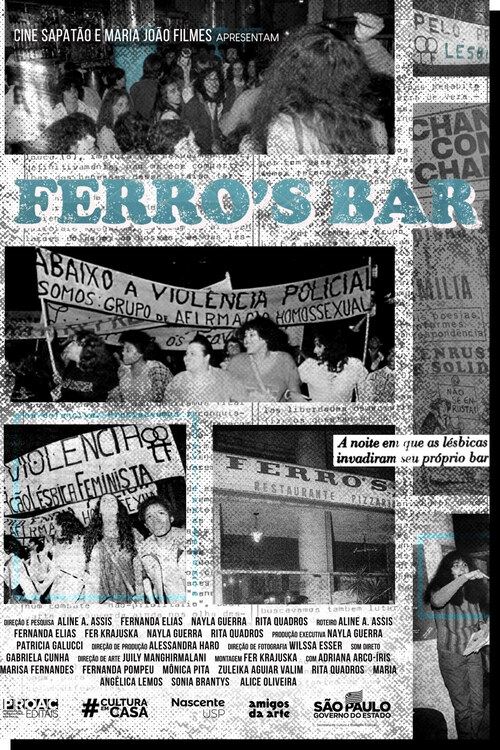

Ferro's Bar
overview
From the accounts of lesbian artists and militants, frequenters of Ferro's Bar, we are led to an episode central to the formation of the Brazilian lesbian movement in the early 1980s, the "uprising of Ferro's Bar". The film shows how lesbians are no longer a figure found only at night, inside apartments, and become a political subject that rises up against censorship of one of the lesbian periodicals with the largest circulation in the 1980s, "ChanacomChana". Ferro's Bar represents a space for the political-affective memory of its frequenters and a way of updating this collective and political history that is still pulsating.recommendations



















